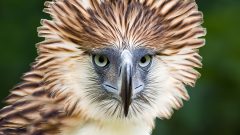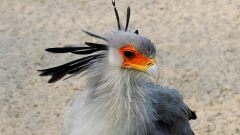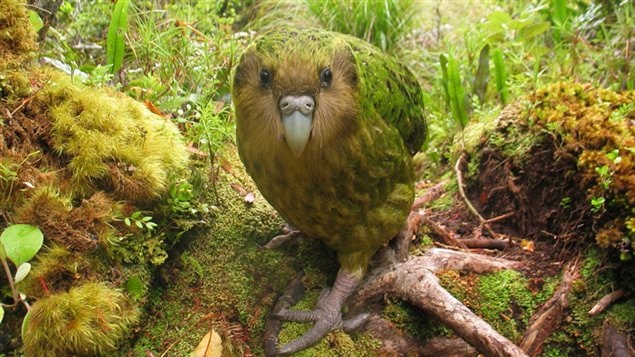A trio of researchers in British Columbia had been instrumental in a unique international effort involving the world’s birds. They created lists ranking birds in order of their evolutionary distinctness, and to what degree they are threatened with extinction.
Arne Mooers is one of the co-authors of the study. He is a professor of Biodiversity in the Biological Sciences Faculty at Simon Fraser University (SFU) in British Columbia.
ListenThe report is called Global Distribution and Conservation of Evolutionary Distinctness in Birds.

It was seven years in the making and was published this month in the journal Current Biology.
“We used genetic data to identify the bird species that have the fewest relatives on the ‘Tree of Life’, that is, which species score highest on the ‘evolutionary distinctness’ index,” says professor Mooers.
The index was created by former SFU PhD student Dave Redding, another of the trio, and was applied to an updated version of the first global tree of birds, published in 2012 by the group in Nature
Jeff Joy, another SFU team member, adds: “Many of these distinct species are also incredibly cool–the number-one bird lives in caves and is so oily you can use it as a lamp, the number three-bird has claws on its wings and a stomach like a cow, while still another, the Abbott’s Booby, breeds only on Christmas Island.”

Philippine Eagle (formerly monkey-eating eagle). 21rst most distinct among the 575 imperiled species, 8th on the Zoological Society of London’s EDGE list. (photo:Alain Pascua) CLICK to ENLARGE
Professor Mooers says there seems to be a lack of willpower, and therefore funding, to ensure that all the threatened species are saved from extinction. He says for example, the Eskimo Curlew, once very common in the Canadian north during the last century, hasn’t been seen in 50 years and is surely extinct.
While he expresses concern that other species are likely to go extinct, he says the list should at least prioritize where available funds can go to try and save those most genetically distinct and most threatened.
The map created also shows the location of which regions in the world have the highest percentage of evolutionary diversity and distintness.
“We also found that if we prioritize threatened birds by their distinctness, we actually preserve very close to the maximum possible amount of evolution,” says Mooers.

Secretary Bird, Africa, 5th most distinct bird in the world, 28th on the Zoological Society of London’s EDGE list, The mostly terrestrial raptor gets its name either from the resemblance to secretaries who used to stick quill pans behind their ear, or from a french corruption of the Arabic description for “hunter-bird” saqr-et-tair
(photo: Dries Nys) CLICK to ENLARGE
“This means our method can identify those species we cannot afford to lose and it can be used to preserve the information content represented by all species into the future. Both are major goals for conservation biology “, he says.
The new rankings will be used in a major conservation initiative called the “Edge of Existence” initiative at the London Zoo.
EDGE is an acronym for Evolutionarily Distinct and Globally Endangered
The zoo-list has already identified several species like the huge monkey-eating Philippine eagle that are at once distinct, endangered, and suffer from lack of attention.
Funding for the research came from several sources, including NSERC, NERC, NSF, NASA, and the Yale Institute for Biospheric Studies.







For reasons beyond our control, and for an undetermined period of time, our comment section is now closed. However, our social networks remain open to your contributions.